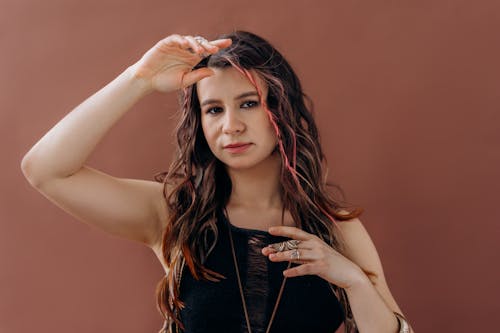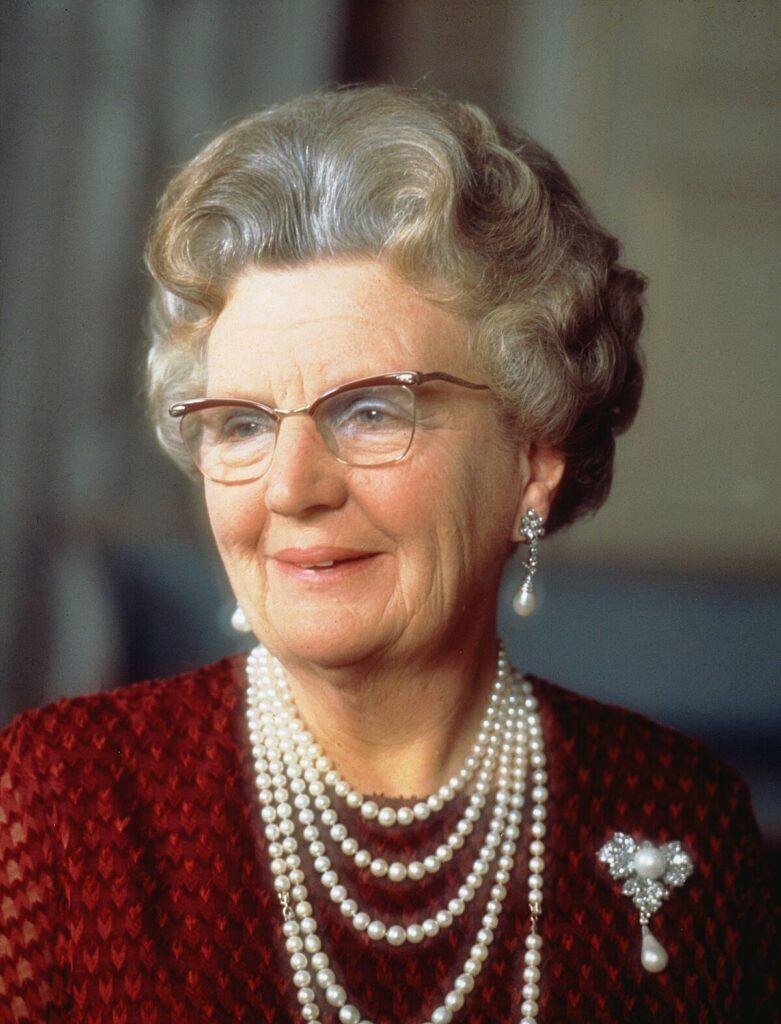The Power of Personal Style: Expressing Yourself Through Fashion
Fashion is far more than just the clothes we wear; it is an essential tool for self-expression. The way we dress can communicate our identity, values, emotions, and creativity without saying a word. “The Power of Personal Style: Expressing Yourself Through Fashion” delves into the transformative power of fashion and how it serves as a language through which we express our individuality and narrate our stories. Personal style allows us to showcase who we are, how we feel, and how we wish to be perceived by the world, making it one of the most powerful forms of self-expression Personal Style.
Understanding Personal Style
Personal style is the unique way an individual expresses their personality through clothing, accessories, and overall appearance. It goes beyond trends and seasons, and it is often a blend of preferences, inspirations, and influences that create a distinct visual identity. Some people might gravitate toward minimalist aesthetics, while others prefer bold, eclectic combinations. Personal style is not just about the garments we choose; it’s about how we wear them and how they make us feel Personal Style.
At its core, personal style is an extension of one’s identity. For some, it may be a reflection of cultural heritage, while for others, it can be influenced by art, music, or social movements. Fashion allows individuals to show the world their values, interests, and attitudes, all while maintaining a sense of autonomy. It can also act as a powerful tool to challenge societal norms and celebrate diversity, offering people the opportunity to break free from conventions and experiment with their image.
The Role of Fashion in Self-Expression
Fashion has long been a tool for self-expression, allowing individuals to convey everything from mood to social status, political affiliation, and much more. The way we dress influences how we see ourselves and how others perceive us. For instance, a carefully curated outfit can exude confidence, while a more relaxed style may indicate a laid-back attitude. Fashion choices also allow people to align with particular communities or subcultures, whether it be through punk, hip-hop, or bohemian styles.
One of the most significant powers of personal style is its ability to influence self-confidence. Wearing clothing that resonates with one’s personal identity fosters a sense of empowerment. When people feel comfortable and authentic in what they wear, they are more likely to walk with their heads held high, radiating confidence. Personal style allows individuals to embrace their uniqueness and feel more comfortable in their skin, which can, in turn, elevate their mental and emotional well-being Personal Style.
Fashion as a Means of Communication
Fashion has a long history of serving as a form of communication. Whether it’s a statement piece like a slogan t-shirt, a designer handbag, or a specific color choice, fashion choices often send messages about the wearer’s beliefs and attitudes. In many ways, clothing can be as communicative as words. For example, the use of black attire by the suffragists during the women’s rights movement, or the “punk” aesthetic of the 1970s that challenged mainstream culture, demonstrate how fashion can be used as a tool for protest and solidarity Personal Style.
Today, fashion continues to serve as a platform for individuals to express their political and social beliefs. Designers like Vivienne Westwood and Jean-Paul Gaultier have consistently used their collections to make bold political statements, while fashion activists have used street style to challenge ideas around beauty, race, and gender. Personal style thus plays a vital role in shaping the cultural discourse, promoting change, and reflecting the values of society.
Influences on Personal Style
Personal style is shaped by a variety of factors, such as cultural background, lifestyle, experiences, and exposure to different aesthetics. For many, fashion is influenced by the media—whether it’s movies, television, or social media. Influencers and celebrities often set the tone for what is deemed fashionable, but personal style goes beyond mere imitation. It’s about interpreting trends in a way that feels authentic and aligns with one’s lifestyle.
Social media, particularly platforms like Instagram and TikTok, has democratized fashion and allowed for a more diverse range of styles to flourish. Rather than adhering to rigid industry standards, people now draw inspiration from a global network of individuals who prioritize originality over conformity. This has empowered more people to express themselves freely through fashion, leading to the rise of inclusive and body-positive fashion movements. Fashion is no longer restricted to size, shape, or age—it’s an art form that everyone can participate in.
The Intersection of Fashion and Identity
Fashion is closely tied to identity and can help individuals navigate different phases of life. For example, teenagers may use fashion to experiment with different personas as they figure out who they are, while adults may find comfort in their established style that reflects their growth and maturity. The way we dress often intersects with the different roles we play in life—whether it’s professional attire for work, casual wear for downtime, or formal clothing for events. Each style represents a facet of our identity, and fashion provides a way to shift between these roles seamlessly.
Additionally, fashion can also be a tool for healing and transformation. Many individuals who have experienced significant life changes, such as personal loss or recovery from illness, may use their wardrobe to reflect their emotional journey. Reclaiming personal style can be an empowering way to regain control over one’s narrative, and in this way, fashion becomes a powerful form of personal catharsis.
Conclusion: Celebrating Individuality Through Fashion
The power of personal style lies in its ability to capture the essence of who we are and communicate that to the world. Fashion is not just a superficial pursuit; it is a deeply personal and cultural experience. By using clothing to express our values, identity, and creativity, we make a statement about who we are, what we believe, and how we want to be seen. Personal style is not about fitting into predefined molds; it’s about breaking free from expectations and embracing the individuality that makes us unique. In this way, fashion becomes more than just a trend—it becomes a lifelong journey of self-expression.




















